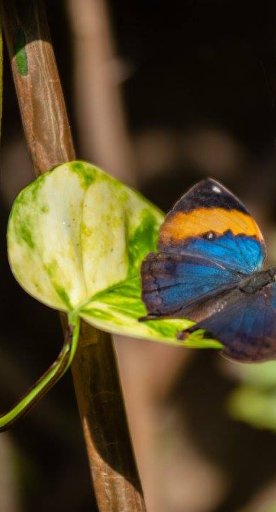
Villa Garzoni and its garden
Collodi hosts extraordinary example of eighteenth century Tuscan styles
The solemnity of the villa contrasts with the nearby "Summer Palazzina" - the little summer palace- which was built by Juvarra in a baroque aesthetic with bright chromatic effects, red plaster, mosaics, and pebbled wall work.
The Garzoni Garden, one of the most beautiful in Italy, represents a happy synthesis between Renaissance geometrics and the spectacular character of the Baroque. The garden can be considered a rare example of equilibrium in art, where the green, the terraces and fountains all converge to form a united whole.
Designed in the 18th century by Lucca architect Ottaviano Diodati, the garden opens as if a splendid theatre complete with fountains and large baths.
The original garden was created in the 17th century along with the villa built by the powerful Garzoni family, Ghibellines originally from Pescia. The first concrete mention of the villa dates back to 1633. The marquis Romano di Alessandro Garzoni was likely the first architect of the garden in the 1650s. The light and airy atmosphere reaches its apex in the “Bagnetti” area where dames and knights could splash and play amongst mirrors and green labyrinths.
Lose yourself in the unforgettable marvels of this fantasy land—grottos, theatres carved out in hedges, statues of mythological creatures, satyrs, female figures, bamboo forests and greenhouses with peacocks. Upon entering the garden we find flower beds, statues and two large circular baths before coming to two majestic staircases characterized by a complex hydraulic system that feeds into the fountains. The staircase is flanked by two statues of females that represent two eternal rivals, Lucca and Florence
The origins
The Garzoni family was originally from Pescia. As they politically sided with the Ghibelline party, they had been forced into exile due to power struggles. They found refuge in Lucca, in a locality bordering the Grand Ducal territories and the Republic of Lucca. Historical sources first refer to the castle in 1633, mentioning the Roman Marchese, Alessandro Garzoni, who was probably the Garden’s first architect.
The villa’s garden is thought to have had its current characteristics as far back as 1652. In order to create this extraordinary complex, it took no less than 170 years. The ‘Palazzina d’estate’, one of the structure’s last wonders, was built by Ottabiano Diodati, a Tuscan illuminist scholar. The Garden opens like a splendid theatre with water games and special facilities. It can be compared to some of the finest gardens in Italy and Europe, as it expresses many post-Renaissance ideas and styles. Its rigorous geometric structures are tempered by gentle greenery, comical elements and fantastic statues and fountains. In the sixteenth century, the Garzoni garden consisted of a small area near the palace which was set up on three varying levels of terrain.
‘Le Pompe di Collodi’ written in 1552 is the first literary work that celebrates the garden’s grandiosity, describing its labyrinth, bridge and forest—all of which can still be enjoyed today. A map from 1680 showcases the garden’s structure. The villa—called ‘the villa of a hundred windows’—is seeped in history. It once hosted Napoleon and Carlo Lorenzini’s father worked in the villa’s immense kitchen. It is located in the ancient hamlet of Collodi, one of the most beautiful hillside towns in Tuscany.

Stories from the Baroque villa
This beautiful villa stands proudly facing the old village of Collodi. It was once the symbol of the Garzoni family’s power. This noble Ghibelline family fled from Florence, finding refuge in the hills surrounding Pescia. Rebuilt on the ruins of an ancient castle during the first half of the seventeenth century, Villa Garzoni was famous for its garden which was inspired by Baroque art. It is said that Napoleon himself visited the villa, as a guest of his sister Elisa Baciocchi.
Closer to home, it is said that writer Carlo Lorenzini’s grandparents worked in the villa as cooks. Some literary critics believe that Lorenzini’s description of Mangiafuoco’s kitchen in Pinocchio is a direct description of Villa Garzoni’s kitchen. The structure had been in ruins until December 2000, when the toy manufacturer Enrico Preziosi decided to buy it and restore it. The structure’s foundations, vault, floors and frescoes have been restored and the garden has been opened to the public for special cultural events.
Accessibility information: regione.toscana.it

